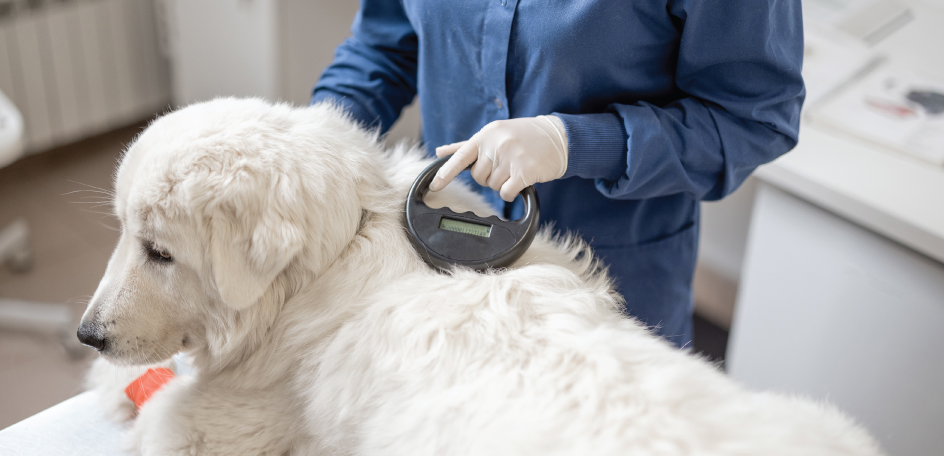
safety & SECURITY
Why Should I Get My Pet
Microchipped?
Microchips provide safety and identification with zero risk. Such a chip is a permanent proof of ID, which means if your pet is ever lost or misplaced, the vet or the authorities can scan its microchip and find your contact information.
Each microchip has a unique identification number, which can be cross-referenced with the chipmaker’s database and confirm the identity of the pet.
Even better, pet microchips are standardized worldwide. A standard pet microchip is of the 15-digit, non-encrypted, ISO 11784/11785 variety, and is used and accepted worldwide.
You must get your pet microchipped for them to be registered with the Emirate’s municipality, or risk paying a fine.












